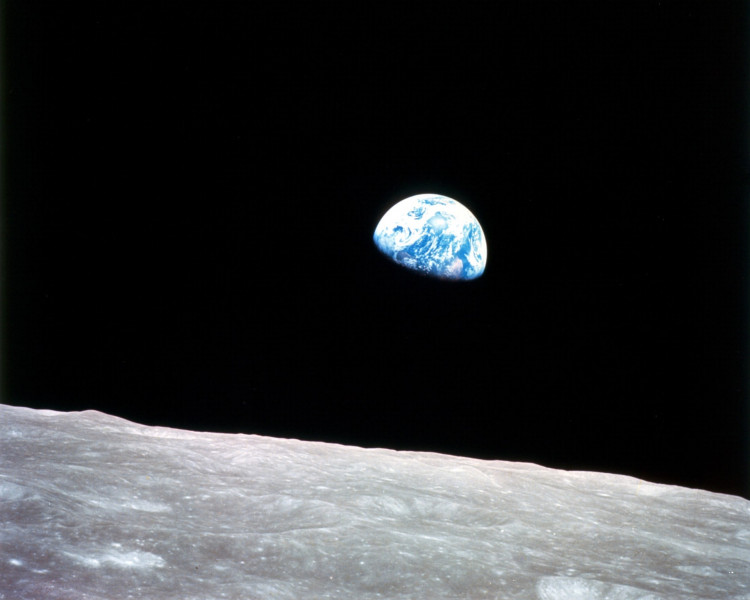The recently launched CAPSTONE mission has achieved a significant milestone as the tiny probe, traveling at a speed of more than 24,000 miles per hour, has exited low Earth orbit and started its four-month journey to the Moon.
Yesterday, July 4, the 25-kilogram (55-pound) CAPSTONE microsatellite completed its final burn to position itself on a course that would take it to Earth's planetary neighbor by the end of this year.
The next Lunar Gateway, a new mission intended to assess the viability of NRHO on a smaller scale, will use this orbit as well. Lunar Gateway will be utilized to support a long-term and sustainable human presence at and around the Moon after it is constructed as part of NASA's Artemis program.
On June 28, CAPSTONE was launched from New Zealand aboard a Rocket Lab Electron rocket. While connected to Rocket Lab's Photon upper stage, the CubeSat had been orbiting the planet. Over six days, a total of seven maneuvers were carried out, gradually lifting CAPSTONE's orbit.
The highest separation of CAPSTONE from Earth was 810,000 miles (1.3 million kilometers), which is more than three times the distance between the Moon and Earth. Once the two reached 24,500 mph (39,500 km/h), the speed needed for CAPSTONE to depart Earth orbit, Photon discharged its payload.
CAPSTONE is currently traveling to the Moon on a complicated but effective ballistic lunar transfer trajectory, where it will "follow dynamic gravitational contours in deep space" according to NASA.
CAPSTONE will glide around these curves while using minimal energy, interspersed with several deliberate trajectory adjustment actions. The CAPSTONE crew at Advanced Space's mission operations center will issue orders to the spacecraft to fire its thrusters to change course at crucial moments.
The CAPSTONE spacecraft was designed and constructed in Irvine, California, by Terran Orbital Corporation, which also created the ground-breaking technology that enables the spacecraft to perform maneuvers while relying solely on thrusters for control.
The crucial portion of CAPSTONE's trajectory, NRHO insertion, will be exactly aligned for when it catches up to the Moon. It will conduct its delicate, perfectly timed propulsive maneuver to enter orbit while traveling at 3,800 mph [6,116 kph], similar to a flying trapeze performer who leaps from one arc to another with decisive, acrobatic action.
Since Electron is only 59 feet (18 meters) tall and has smaller fuel tanks than previous launchers, the engineers had to choose a long, twisting route for CAPSTONE to save fuel.
On November 13, CAPSTONE will enter a near-rectilinear halo orbit (NRHO) around the moon, marking the next significant milestone. The plan will see CAPSTONE follow an elliptical course as a testbed for NASA's upcoming Gateway space station. At its closest and farthest points, it will fly within 1,000 miles (1,600 km) and 43,500 miles (70,000 km) respectively of the lunar surface.





